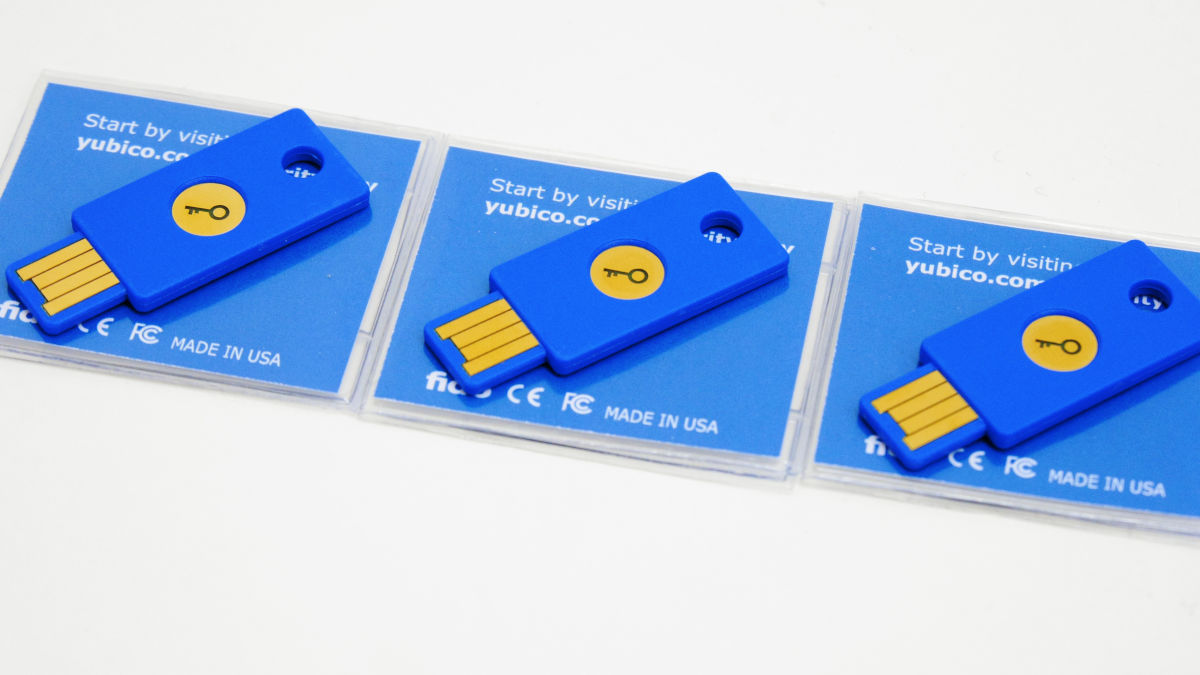

Learn how to view and manage computers and mobile devices that are authorized to use your 1Password account. To allow another security key to be used as a second factor, click Add a Security Key and follow the onscreen instructions.

To prevent a security key from being used as a second factor, click Remove next to it. When you see “Your security key was successfully registered”, click Done.įrom now on, you can use your security key the first time you sign in to your 1Password account on a new device.Your PIN is stored locally on your security key. If Windows Security asks you to create a PIN, enter one and click OK. Insert your security key into the USB port on your computer.Enter a name for your security key and click Next.Click More Actions > Manage Two-Factor Authentication.Click your name in the top right and choose My Profile.Sign in to your account on on your computer.To set up your security key as a second factor for your 1Password account, follow these steps:

Both protocols define a common interface at the client for whatever local authentication method the user exercises.If you don’t have a security key, use two-factor authentication with an authenticator app. The keys on the device are unlocked by a local user gesture such as a biometric or pressing a button.įIDO provides two types of user experiences depending on which protocol is used. To authenticate the user, the device signs a challenge from the server using the private key that it holds. The user's device registers the user to a server by registering a public key. Authentication over the wire happens using public-key cryptography. The specifications emphasize a device-centric model. The USB security token device may be used to authenticate using a simple password (e.g. FIDO supports a full range of authentication technologies, including biometrics such as fingerprint and iris scanners, voice and facial recognition, as well as existing solutions and communications standards, such as Trusted Platform Modules (TPM), USB security tokens, embedded Secure Elements (eSE), smart cards, and near field communication (NFC).


 0 kommentar(er)
0 kommentar(er)
